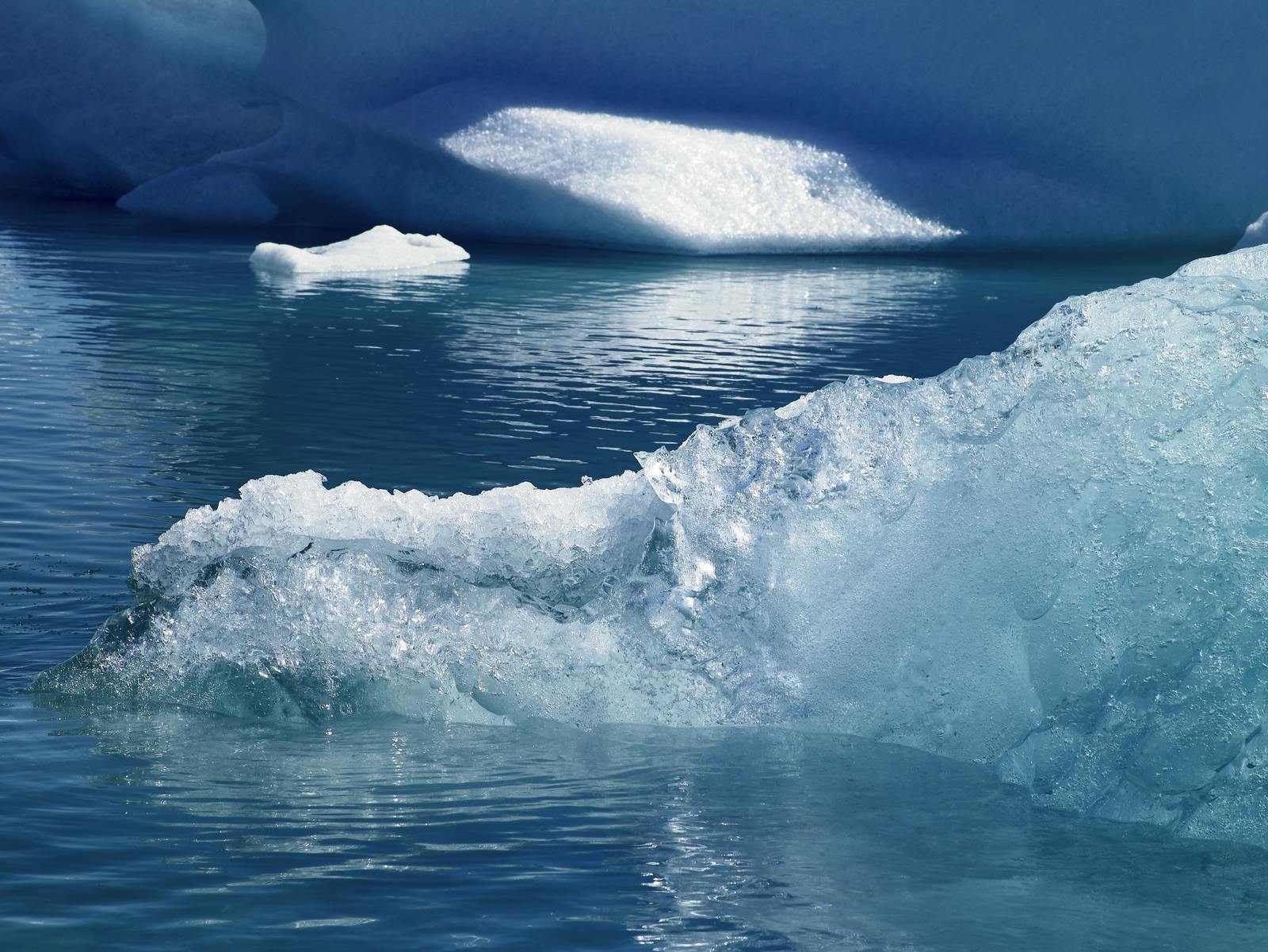
What is Glacier Calving?
Imagine standing at the edge of an icy expanse, where the world seems to hold its breath under a blanket of silence. Suddenly, a deep rumble echoes through the air, a prelude to a spectacular display of nature’s dynamism. With a force that sends shivers down your spine, enormous chunks of ice break away and crash into the waters below, sending spray and a powerful message about the ever-changing world we inhabit. This phenomenon, known as glacier calving, is more than just a stunning natural spectacle; it’s’ a critical component of glacier dynamics and a vivid indicator of our planet’s health.
Why Does Glacier Calving Happen?
Glacier calving is the process where icebergs, ice chunks, or ice shelves break off from the edge of a glacier. This event primarily occurs in tidewater glaciers that terminate in the ocean and lake-terminating glaciers. But what prompts this dramatic breakup? The answer lies in the glacier’s relentless advance. As glaciers flow, driven by their own immense weight and the pull of gravity, stresses build up within the ice. When these stresses exceed the ice’s strength, it fractures, sending pieces tumbling into the water below.
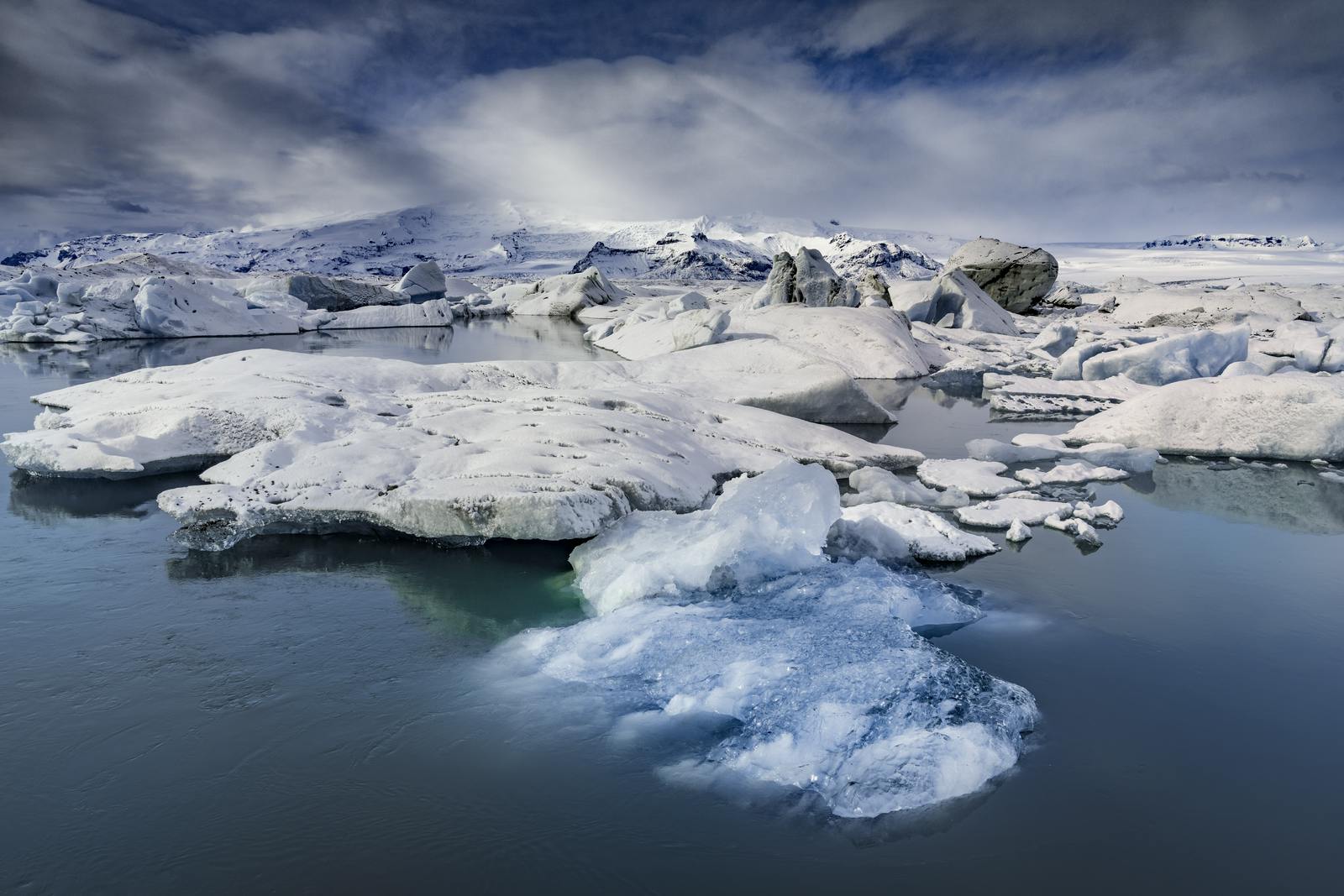
What are the Implications of Glacier Calving?
While glacier calving is a natural part of a glacier’s life cycle, its frequency and magnitude are closely monitored by scientists as crucial indicators of climate change. In recent decades, the rate of glacier calving has noticeably increased in many parts of the world, a change that’s often attributed to global warming. Glaciers melt more rapidly as temperatures rise, leading to greater water runoff and, consequently, more significant ice loss through calving.
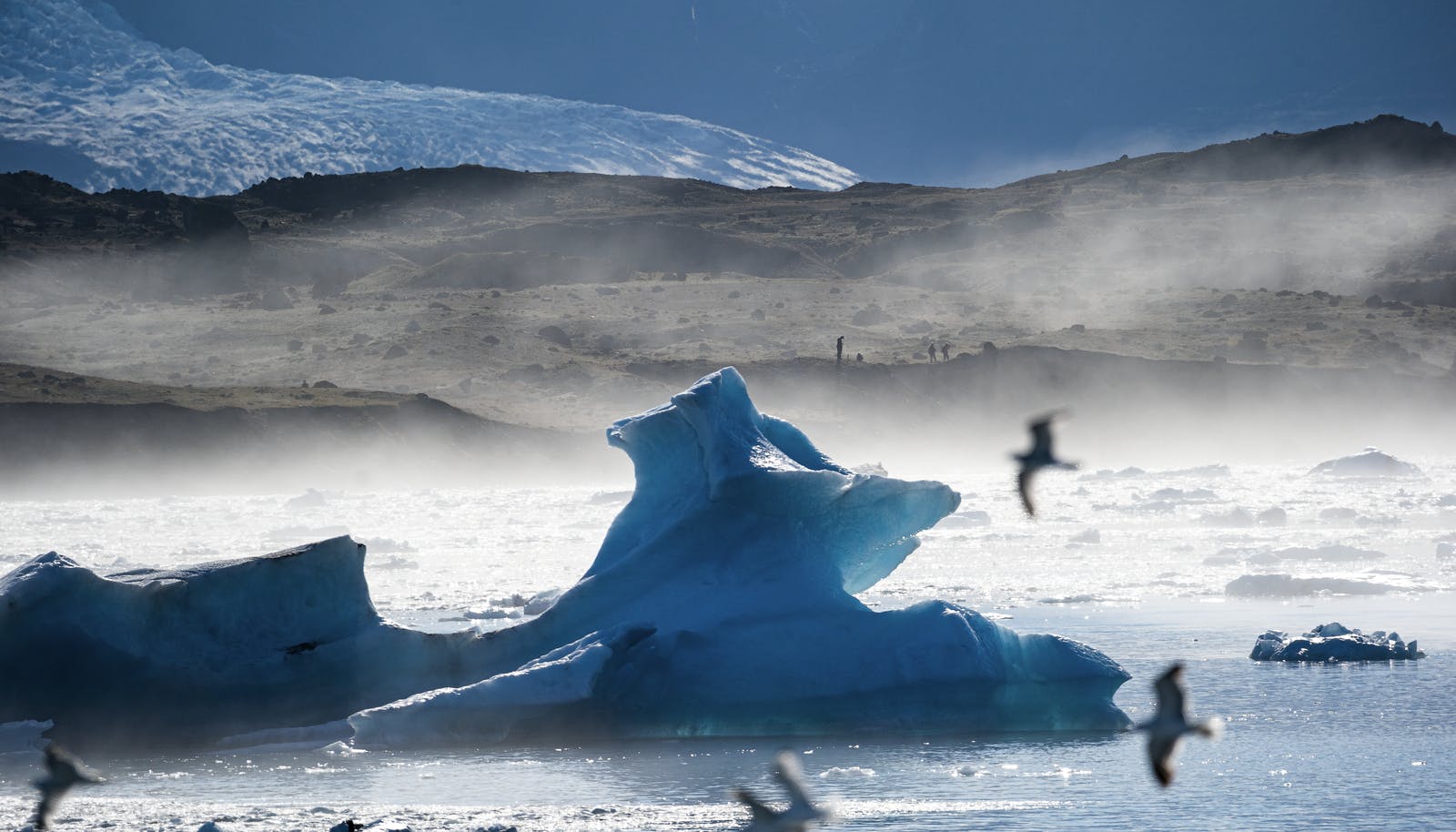
An Event with a Message
Beyond its scientific significance, glacier calving holds a certain mesmerizing beauty. These events’ sheer power and scale remind us of nature’s majesty and capability for rapid, profound change. For many who witness glacier calving in person or through media, the experience is a poignant reminder of the delicate balance that sustains life on Earth and the importance of living in harmony with our natural world.
Glacier calving is a powerful testament to the dynamic nature of our planet. As we witness these awe-inspiring events, let us also heed their warning. The increasing rate of glacier calving is a clear signal from our planet, urging us to take action against climate change. By understanding and respecting these natural processes, we can work towards a future where the beauty and majesty of glaciers remain a source of wonder and inspiration, not a memory of what once was.
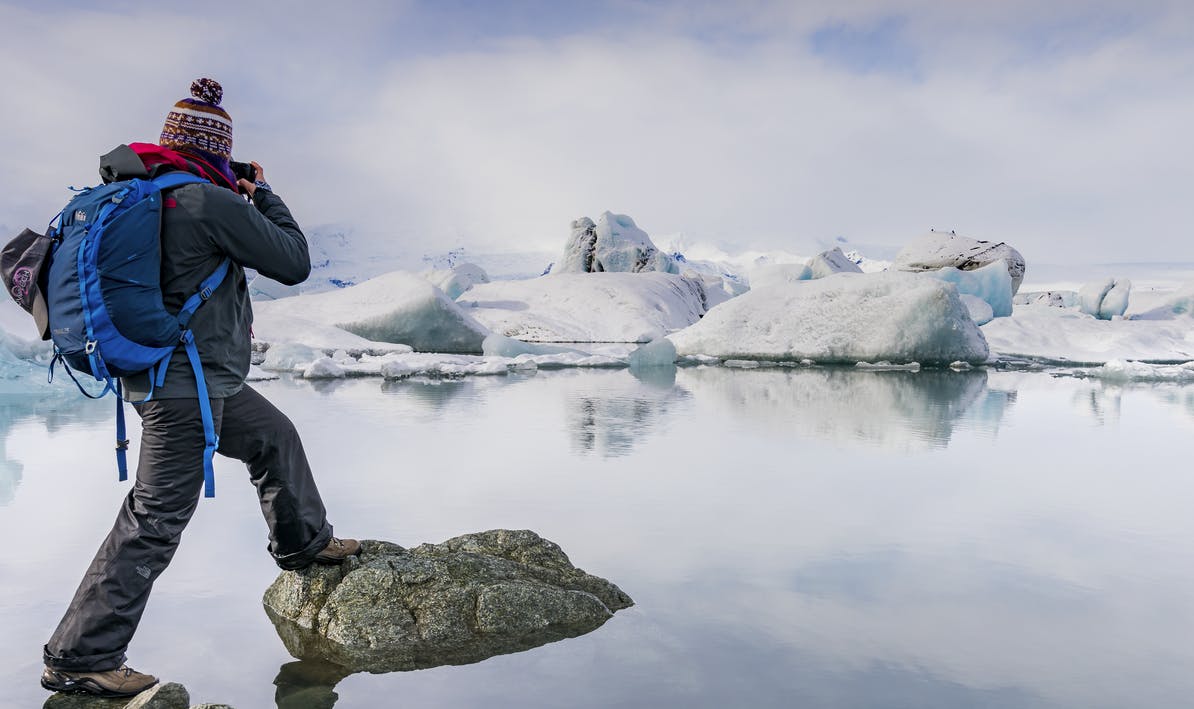
As we wrap up our icy journey into the world of glacier calving, it’s’ clear that these towering pillars of ice are not just passive landmarks in our world’s landscape. They are vibrant, dynamic entities that tell a story of change, challenge, and the urgent need for environmental stewardship. Let’s’ listen closely and act accordingly.
Where Can I Learn About Glaciers in Reykjavík?
Perlan’s’ Wonders of Iceland exhibition features an ice cave that is 100 metres long and made from more than 350 tonnes of snow from Icelandic mountains. Ice caves are a natural phenomenon within glaciers during the deep winter months. Meltwater streams carve these fantastic caves, and at Perlan, guests can see a real ice cave in a safe and secure environment. A visit to an ice cave is a magical experience that no one who comes to Iceland should miss, and Perlan offers year-round travellers a chance to get a sense of this unique natural phenomenon.
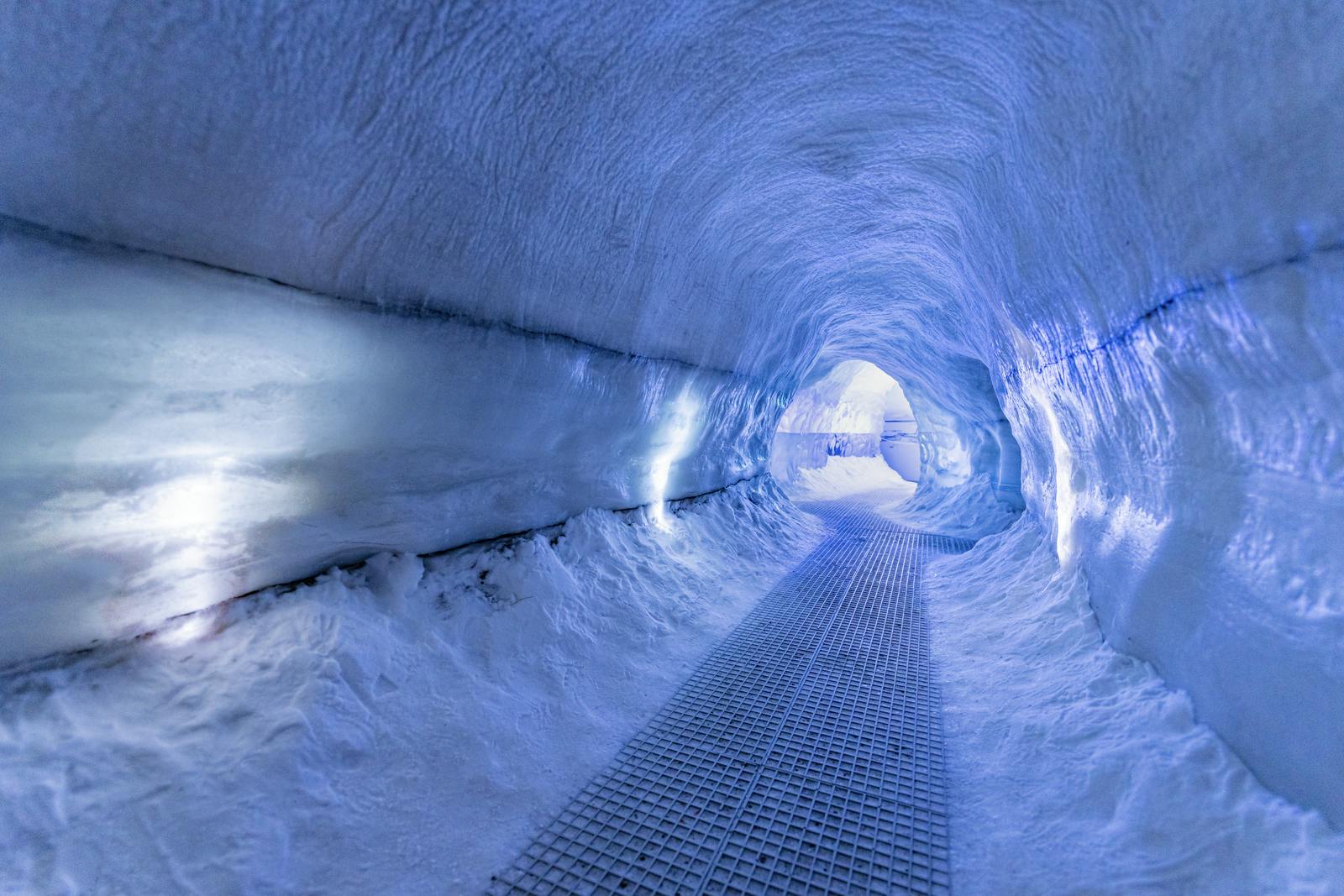
In addition to their natural beauty, Iceland’s’ glaciers are significant for the environment as they are an essential source of fresh water for the island and play a vital role in regulating its climate.
At Perlan, guests can explore Iceland’s natural wonders through exhibits and immersive presentations, including ice caves and glaciers, as well as northern lights and volcanoes.
FAQ
Do I need a guide to visit glaciers in Iceland?
Glaciers are perfectly safe from a distance, but travellers should never attempt to walk on a glacier without a trained guide. Some snow-covered cracks and crevasses can pose great danger to those unfamiliar with the surroundings. Guided tours are advisable to experience a glacier in Iceland fully, and they are available in several regions of the island.
Can glacier calving cause a tsunami?
Yes, glacier calving can cause a tsunami when large pieces of ice break off and fall into the ocean, displacing water and generating waves.
How loud is an iceberg breaking?
An iceberg breaking can be extremely loud, with sounds comparable to thunder or explosions, often heard over long distances.
What is glacier calving?
Glacier calving is the process where icebergs break off, or ice chunks detach from the edge of a glacier or ice shelf and fall into the ocean or a lake.







